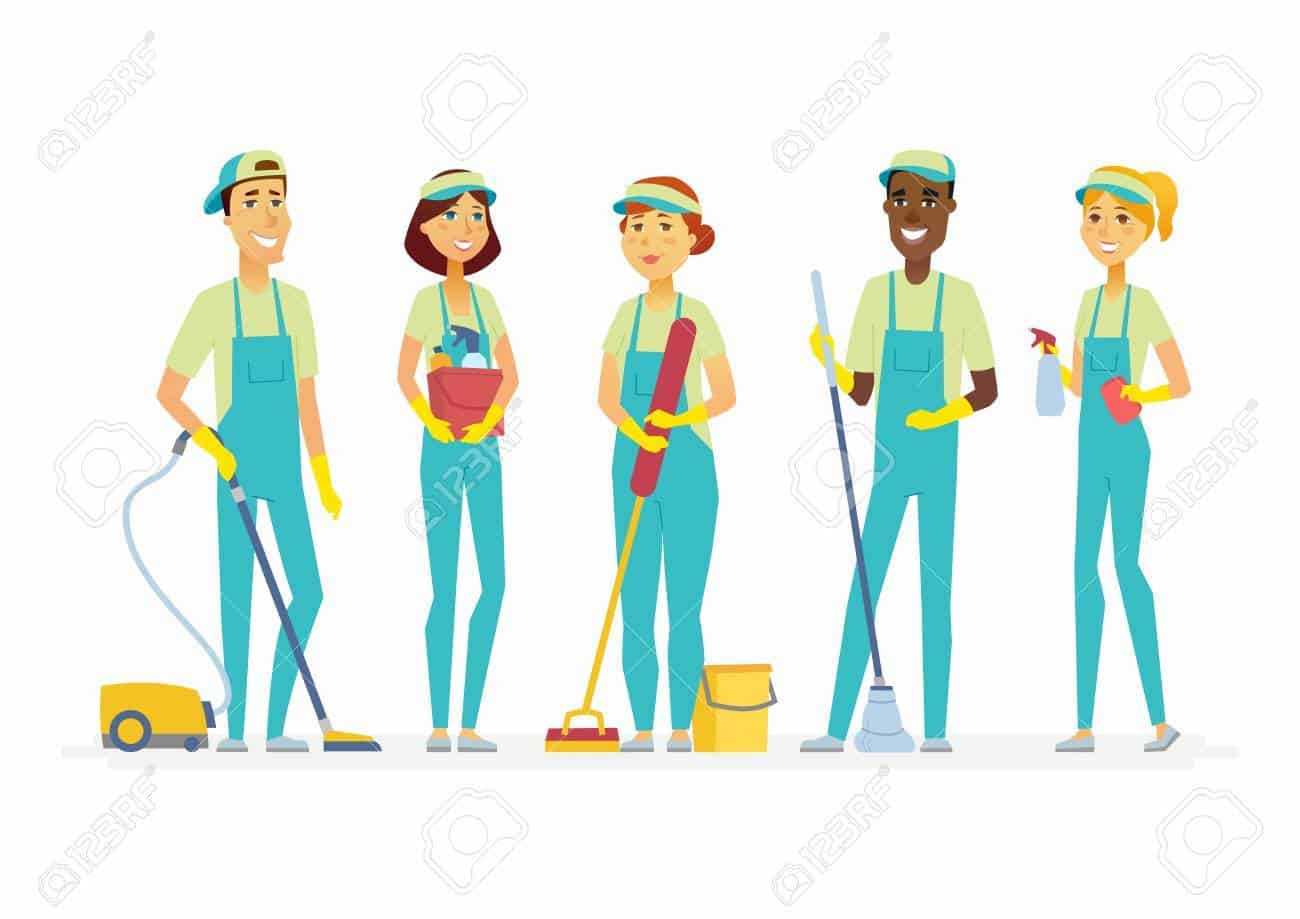Stress, as we are only beginning to discover, is a very individual notion. What one person considers pure heaven and bliss, another might find unadulterated agony. Ever since the pandemic has completely disrupted our private and professional lives, more people have had to start working from home, which means being surrounded by noisy kids, needy pets, and perhaps construction workers now and then.
Working with toddlers around can be considered truly terrifying from anyone’s standpoint, and parents will likely confirm that it can be genuinely nerve-racking. However, then our perspective shifts when we consider other professions, especially those that require working with swarms of people every single day. While your job won’t suddenly become one of the least stressful jobs available , you can rest assured that you’ll gain a new perspective on what kind of jobs are the most stressful of all during this pandemic.
, you can rest assured that you’ll gain a new perspective on what kind of jobs are the most stressful of all during this pandemic.
1. Teachers
Online education has become a lifeline for teachers and professors in every single educational institution across the globe. However, teaching online is not possible for all professions, and schoolkids cannot develop all of their essential skills from home and sitting at a computer. As a result, teachers are forced to be more resourceful and creative than ever, with little structured guidance, since this is the first time the world has had to adapt to such an extent.
Additionally, educators everywhere are at greater risk to get sick when they do work in the classroom, which means they need to be vigilant to spot early symptoms. Their responsibilities, already great, have become even greater with the pandemic in the mix.
2. Nurses
Whether they work in hospitals, emergency care, or elderly care facilities, nurses are often among the very first people to tend to the sick. Their job entails ongoing learning, especially now that we are dealing with a novel virus that we have yet to understand entirely, and nurses constantly need to master new skills to provide better care for their patients. Typically, they would need to obtain additional training to achieve that, but the pandemic has put a stop to most on-site education for medical staff.
In response, nurses and EMTs now need to get certified online for various methods and techniques, including advanced cardiac life support. They now opt for ACLS online training so that they can ensure better patient care across the board. What that means is that they’ll invest additional hours into their profession outside of their work hours at the hospital in an attempt to improve their skills and consequently save more patients.
so that they can ensure better patient care across the board. What that means is that they’ll invest additional hours into their profession outside of their work hours at the hospital in an attempt to improve their skills and consequently save more patients.
3. Pharmacists and shopping assistants
Dealing with pressure at work is no news to pharmacists in the current climate, since they are continuously forced to explain, over and over again, the same principles of basic hygiene and the need to follow the precautions each government outlines. Shop assistants in regular markets and stores are experiencing a similar increase in stress due to demanding and overly stressed customers.

It has become pivotal to help people in this sector to boost workplace safety and security, since they also get in contact with hundreds of people every single day. Side by side with healthcare workers, shopping assistants are considered an essential workforce, putting them at greater risk.
4. First responders
Firefighters and EMTs alike, together with the police are now dealing with an influx of distressing calls and their daily workload with emergency and life-threatening situations has increased manifold. In many countries across the world, they are understaffed and poorly equipped to tackle the sheer scope of the situation, so their response to the pandemic has been even more stressful than in countries with strong infrastructures.
On top of it all, first responders are constantly in contact with the sick and those with underlying health issues, so they are both at risk of spreading the virus and getting infected themselves while on the job.
5. Public transportation drivers
Now that most schools are in session across the globe, that also means that school bus drivers need to get back to their jobs – making them much more at risk of getting sick. Add to that, public transportation workers are under increasing stress, worrying that they can get COVID-19 practically anywhere.
Above all, they need to deal with stressed passengers refusing to follow the COVID-19 prevention guidelines prescribed by the government, which means more altercations, tension, and much more arguments than before.
6. Psychiatrists and therapists
The service of mental healthcare practitioners has been heavily disrupted. Unable to receive patients at the office for the most part, and in many circumstances with more patients flooding their schedules, therapists and psychiatrists are dealing with a greater number of people struggling with mental health troubles.
In an attempt to help people, telehealth has become a strategy for most mental health professionals to make their work more available to all. However, this is far from optimal for people dealing with depression and severe disorders, as they need ongoing monitoring, prescriptions, and suicide prevention help.
7. Medical, veterinary, and nursing assistants
As you can easily deduce from this lengthy list, the most stressful and the riskiest of all professions are those that are in the medical field. Whether you work with animals as a vet or an assistant, or you are a nursing assistant in a hospital or an elderly care facility – your job has now become a source of growing stress and tension.
8. Cleaning staff

They are almost invisible, we pass them by in the hallways every day, and we often undervalue their contributions to our health and hygiene. Whether they clean our buildings, or they work to clean the local hospital all day long, cleaning staff is not just essential during the pandemic, but they’ve also been under more stress than ever. Constantly in contact with dirt and hazardous materials, our cleaning workers are often more at risk than all to fall ill.
9. Beauticians and salon workers
We can all agree that working with people in any industry whatsoever can be stressful, and even without the pandemic, 80% of US workers feel stressed at work . In the middle of a pandemic, however, even those creative jobs such as hairdressers and beauticians encounter a higher number of stressed-out people who take it all out on them. Not to mention the risk of getting sick in the workplace, and that means closing down their business for a long time, making them highly unprofitable.
. In the middle of a pandemic, however, even those creative jobs such as hairdressers and beauticians encounter a higher number of stressed-out people who take it all out on them. Not to mention the risk of getting sick in the workplace, and that means closing down their business for a long time, making them highly unprofitable.
10. Hospitality workers
Cafes, restaurants, hotels, and other branches of hospitality have been hit the hardest during the pandemic. With travel restrictions and constantly changing social distancing rules and work hours regulations, these businesses have seen their guests leave, profits plummet, and their shops close. Then, the virus itself has become a new workplace hazard to keep in mind when hiring people or opening new venues.
Add to that, many have continued working in alternative ways, such as transforming into takeout eateries and the like. In the meantime, they’ve had to be in contact with people, increasing their risk of getting the virus.
Life goes on during the pandemic, but some of the people on the front lines have been dealing with severe amounts of stress in the past few months, trying to make it easier on the rest of us. Their contribution during these hectic times will always be appreciated, and hopefully, the pandemic will soon dwindle to make their professions a little less stressful.
Author Bio:
Peter Minkoff is a lifestyle and business writer at HighStyleLife and OffTheMRKT magazine. Follow Peter on Twitter for more tips.
for more tips.

